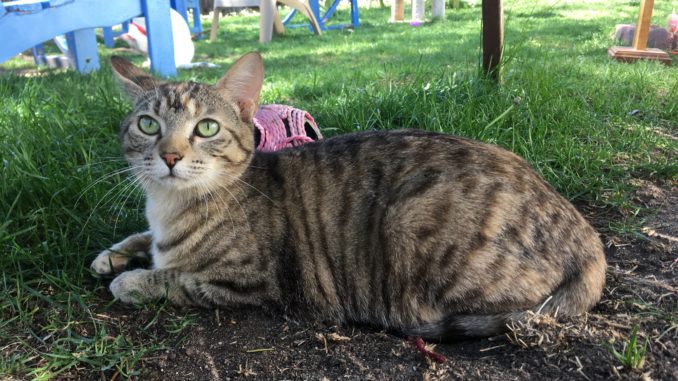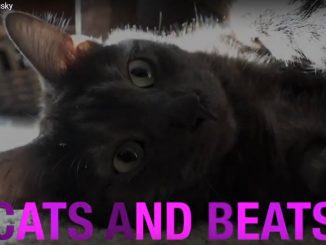
Colorado has a reputation for being a dog-friendly state, and if you follow local news organizations on social media, you’re likely deluged with articles touting “dog-friendly hikes” and the “Best reason to get your dog off the couch.” In an increasingly cat-dominated internet, the conversation in Colorado seems to be all “dogs, dogs, dogs!” Missed in all the barking is one of Denver’s best kept secrets: Rocky Mountain Feline Rescue–a limited intake, free-roam cat shelter that at any given time is home to more than 100 frisky felines.
As Colorado’s population booms, the number of cats euthanized by shelters has remained remarkably stable, accounting for about 12% of the total intake rate in 2015 and 2016, according to state statistics. Still, that amounts to thousands of dead cats. Shelters like RMFR are adjusting to the population growth, leveraging it in an effort to adopt out more cats from both Colorado and its neighboring states.
“One of the best things about being located in Denver is that the sheer amount of people who have moved into the city in the last five to six years has guaranteed this amazing demand. And for whatever reason there is great culture of animal adoption in Denver, and it’s a culture that’s not really shared by the states that we border,” said Patrick Short, the recently hired director of operations at RMFR. The rescue works closely with shelters in states like Texas and Kansas, finding Colorado homes for cats unwanted in their home states.
CLICK the hearts to watch Sparkles and Sweet Virginia in their element at Rocky Mountain Feline Rescue:
Cradling Mango, an affectionate long-haired orange tabby with late stage kidney disease, Short explained how RMFR’s relationship with a shelter in Texas has resulted in a significant decline in feline euthanizations there over the last two years.
“Through our transfer program, which we started in February of 2015, we’ve taken one shelter in Pampa, Texas from having over a 90% rate of euthanasia to less than 10,” Short said. “Really, it’s just because we’re taking animals from somewhere people don’t adopt animals and bringing them somewhere that they do.”
The shelter relies on a small army of paid staff, volunteers, and foster homes to fulfill its mission. At 3,000 square feet, the capacity for 125 cats, and a 97% adoption rate, that’s a lot of litter pans that need cleaning and surgeries that need to be done. All of their cats are spayed and neutered.
John’s Room–a 300 square foot indoor space with outdoor access–houses cats with feline immunodeficiency virus and feline leukemia virus, two common communicable diseases that would doom cats at other shelters.
“These are cats that in a lot of shelters are euthanized out of cost. They don’t feel like anybody’s going to want them,” said Short. “They don’t feel like the investment is worth the singular outcome. That’s where we set ourselves apart as a shelter…we’re committed to the life of the cat first and foremost. And even though we can’t take everyone, the cats that we do take–which is a sizable number–we do everything we possibly can to make sure that that cat is the best version of itself and living its best life between the moment it walks in the doors and the moment it walks out to go to a family.”
The shelter has an outdoor space for its healthy cats that most human homeowners would envy. Decorated with picnic tables and scattered with toys, the area allows cats to be what Short calls “a more genuine version of themselves,” giving potential owners a realistic idea of what to expect when they take their new cat home.
“The problem,” Short said, “is that small confines and not being able to roam or be up, or find elevation or hiding pockets, is so counterintuitive to how cats navigate their environment that when you get a cat out of the kennel to take home you don’t really have any idea how it’s going to behave when it gets to your house.”
The shelter itself is currently going through “exponential growth,” Short explained, nearly doubling its intake since 2012. This year it’s on target to take in almost 2,000 cats.
“That kind of growth over that small of a period of time, it’s required new staff–it’s required staff to supervise new staff and the shelter is building momentum.”






Leave a Reply